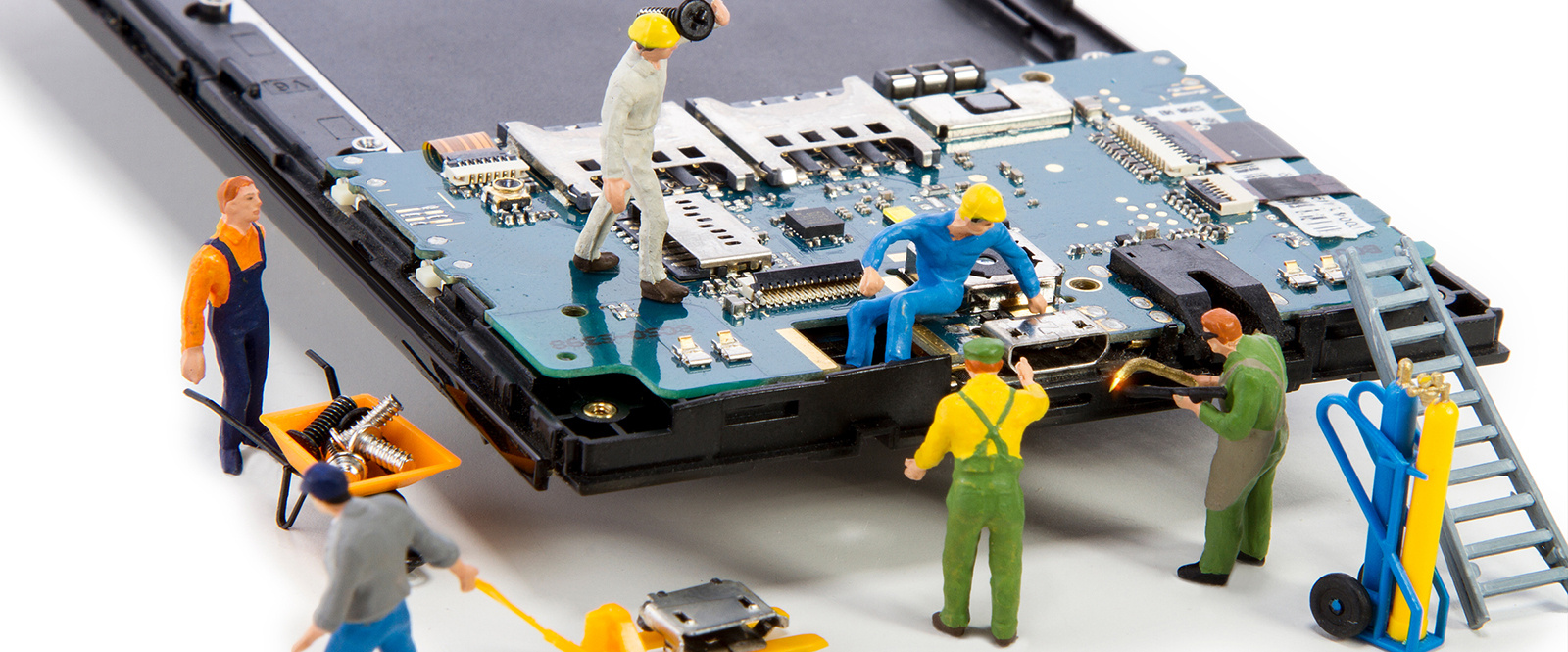Smarter Connections | The Need for Miniature Connectors in Smart Device Development: Series 2
The progression of Internet of Things (IoT) and artificial intelligence (AI) technologies has changed how we interact with everyday objects. From automotive and automation to wearables and washing machines, IoT and AI combine powerfully to enable devices to collect and transmit data and to process and act on that information in real-time. AI algorithms can analyze vast amounts of data from IoT sensors, enabling devices to make intelligent decisions without human involvement. For example, smart thermostats can learn from user behavior and environmental conditions to optimize heating and cooling, resulting in energy savings and improved comfort.

Miniaturization and Higher Density: Packing More Electronics in Smaller Form Factors
The progression of Internet of Things (IoT) and artificial intelligence (AI) technologies has changed how we interact with everyday objects. From automotive and automation to wearables and washing machines, IoT and AI combine powerfully to enable devices to collect and transmit data and to process and act on that information in real-time. AI algorithms can analyze vast amounts of data from IoT sensors, enabling devices to make intelligent decisions without human involvement. For example, smart thermostats can learn from user behavior and environmental conditions to optimize heating and cooling, resulting in energy savings and improved comfort.

As AI and IoT evolve, miniaturization of components is critical in making these technologies more accessible and easier to integrate into daily life. OEMs are looking to pack more functionality into smaller smart devices, including displays, switches, sensors, actuators, communication modules, memory, and more.
Miniature and high-density connectors are two solutions that enable more functionality in smaller footprints. High-density connectors provide more contacts in a smaller area to support higher data rates within a compact package. However, miniaturizing electronic devices brings several design challenges affecting performance. Key considerations for OEMs include:
- Thermal management in tightly packed designs
- Signal integrity, EMI, and EMC concerns
- Manufacturability and assembly processes
- Reliability and durability in compact form factors

Miniaturization and Heat Issues
Excessive heat can cause electronic components, like connectors, to malfunction and potentially fail. The reduced size and increased component density in miniaturized IoT devices lead to higher heat concentration in smaller areas, resulting in localized hotspots and overall temperature increases. This concentration can impact device performance and reliability.
Compact designs with high-density connectors leave less space for traditional cooling methods like heat sinks or fans, and limited internal volume restricts natural air circulation, making effective heat dissipation challenging. Selecting connectors with high-temperature ratings ensures reliable performance and long-lasting operation in these applications.
Signal Integrity (SI) and EMI Concerns
Miniaturizing IoT devices significantly affects signal integrity (SI) and increases the risks of electromagnetic interference (EMI). Closer proximity between traces increases the risk of electromagnetic coupling and signal interference, known as crosstalk. Shorter traces and tighter bends can cause impedance discontinuities and mismatches, leading to signal reflections and degradation. Smaller conductors and thinner PCB layers may also reduce signal strength.
Compact design limits space for shielding and grounding, making devices more susceptible to external EMI and less able to contain internal emissions. Compact power distribution networks can increase noise and EMI when switching power supplies.

In addition, the introduction of 5G technology, with its higher frequencies and bandwidth (5G operates at frequencies up to 39 GHz or more), has exacerbated SI and EMI challenges, as higher frequencies are more susceptible to signal loss and attenuation. Increased bandwidth also makes devices more vulnerable to electromagnetic interference.
To address these issues, designers need advanced PCB layout techniques, carefully selected connectors, and innovative shielding solutions. High-density and mezzanine connectors are often utilized in miniature IoT designs to maintain signal integrity and minimize EMI.
Application Examples
Smartwatches demand precision to seamlessly integrate displays, buttons, sensors, and other core components. Hirose offers a range of connectors meticulously tailored for today's smartwatches. From USB Type-C interfaces for fast data transfer to high-power connectors for enhanced battery performance, Hirose solutions prioritize both function and form, fitting sleek smartwatch designs. Explore our blueprint and equip your next smartwatch project with Hirose's industry-leading connectors.
As connected consumer and medical monitoring devices become more sophisticated, they require higher-speed communication and data processing. However, space constraints can restrict the integration and mating of systems such as display modules, touch panel modules, microprocessors, and batteries. This requires superior EMI protection. Hybrid connectors, like the BM29 Series, combine signal and power in one connector, enabling manufacturers to add more functionality to wearable device designs without sacrificing size or performance. Hybrid connectors can be designed and configured to meet the specific requirements of a wearable device. This includes selecting the types and number of connections, as well as considering factors like impedance matching, signal integrity, and power distribution.
Smart home technologies have expanded well beyond the AI speaker. From smart door locks and security systems to smart lighting and thermostats, Hirose offers connectors designed to support the high frequency, high transmission requirements of IoT/M2M-enabled smart home devices. The U.FL(A) coaxial connector, for instance, is ideal for applications that require high-frequency connectivity in a compact form. Measuring only 2 mm x 2 mm with a 2.1 mm mated height, the U.FL(A) coaxial connector delivers high signal integrity and low insertion loss up to 18GHz. The U.FL(A) Series also offers a self-alignment design for stable and secure mating, simplifying installation.
connection point
Welcome to 'Connection Point' - your go-to spot for the latest in electronics. Here, we're all about connecting you with fresh ideas, engaging stories, and innovative solutions from Hirose Electric. Whether you're a tech enthusiast or an industry professional, there's something here for everyone.
Don't miss out on any of our updates – subscribe now and join our community of innovators and thinkers.
For more information on how Hirose Electric's connectors can transform your wearable device design, visit hirose.com or contact our team of experts today.
